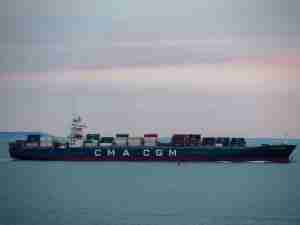Container terminal capacity expansion in the next five years has fallen to not much more than 10% of existing capacity, the lowest proportion ever. Something has to change if the industry is to avoid problems in the coming years.
The latest edition of Drewry’s quarterly port sector report Ports & Terminals Insight analyses the pipeline of container terminal capacity expansion through to 2022. The prospects are relatively subdued following several years of under investment, particularly in greenfield projects. Bottom-up capacity projections on a terminal-by-terminal basis present a conservative picture, with global container port capacity projected to increase by around 125 million teu by 2022, a growth rate of just over 2% per annum. This is well below projected demand and reflects the cautious investor sentiment towards greenfield projects over the last few years. As a result, average utilisation levels are expected to rise markedly across almost all regions of the world by 2022.
Back in 2003 and in 2009, there was around 125 million teu of new port capacity in the pipeline – the same amount as there is now, but the market was much smaller then. It is significant that both the 2003 and 2009 figures are similar, as in 2009 the global financial crisis had hit hard and many projects were put on ice. By 2013, there was over 180 million teu of capacity scheduled to be brought on stream within a 5-year horizon, this increase reflecting the recovery of growth and greater optimism about the future. This is brought into sharp perspective by Figure 1, which shows the 5-year forecast capacity increases projected in 2003, 2009, 2013 and 2018 as a percentage of existing capacity at the time. The 2003 projection represented a one-third uplift on the existing total whereas in the dark days of 2009, the projection was only just over 15% of existing global capacity. By 2013, the forecast had improved slightly to 20% of existing capacity but the 2018 forecast shows that this has fallen to not much more than 10% of existing capacity, the lowest proportion ever.









